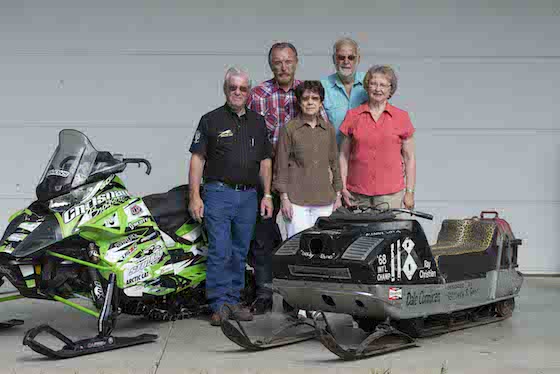Below is a story printed several years ago by my friends at OSM Magazine in a section they call Time Machines. Photos and Edit were all captured by another friend, and long-time snow-mo-industry journalist, Jim Urquhart.
There are several things I romanticize over regarding this story, and in no particular order: The 1968 Panther…what a beauty! Its always captured my imagination cloaked in black and adorned with that iconic leopard print seat. The word “patina” may be far over used these days, but the tale these weathered hand painted graphics leave behind are truly breathtaking eye-candy for me.
The I500…an ultimate man vs machine cross-country race rich with bench racing stories to last a lifetime, and has sold countless snowmobiles for all fans who have followed it. I cant imagine competing on a snowmobile looking so primitive compared to the Arctic Cats of today.
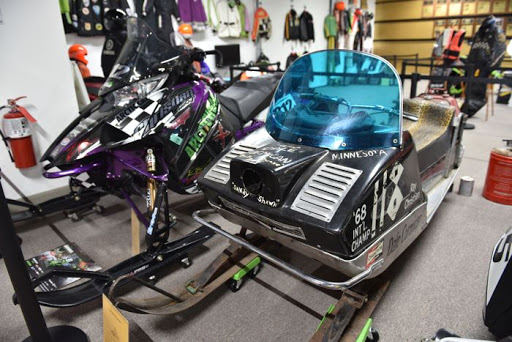
Dale Cormican and Ray Christian…If you don’t know Dale, you’ll soon learn of his first race story. And Ray Christian…its likely you’ve heard of Christian Brothers Racing, owned by Dwight and Stuart Christian. (Ray is their father, and Team Arctic Pro snocrosser, Logan, is Dwight’s son) This story has always been a great reminder how deeply rooted the Christian family has been with the Arctic Cat brand.
I hope you enjoy the story as I have. – Kale
1968 Arctic Cat Panther – My First Snowmobile Race
by Dale Cormican
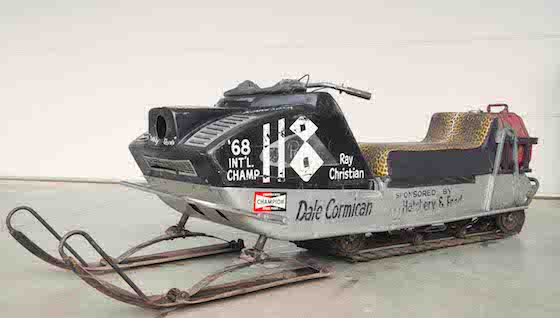
In the late 1960s I was working as a mechanic for the state of Minnesota. I was mechanically inclined and I also liked to snowmobile, which back then had to pretty much go hand-in-hand – I had a 10-horsepower Ski-Doo that I would ride as much as I could. In 1967 I got rid of the Ski-Doo and I told my dad I’d like to race the -500 cross-country race. We didn’t have any brand preference or affiliation at the time, but I had a friend in Crookston, Minnesota named Harlan Olson who was a Polaris dealer. Plans were made for me to get a long track Colt through him, but as usually is the case when it comes to racing, we waited until the last possible day, and when we finally went down to his shop to pick one up, they said they didn’t have any left.
After that, my dad asked me what I was going to get since we had planned on the Polaris. The previous year, the Arctic Cat Panther had come out with a slide rail rear suspension instead of the common bogey wheel design of the time. I was intrigued by the concept, and felt it could very well deliver improved performance, so I decided a Panther would be my race sled
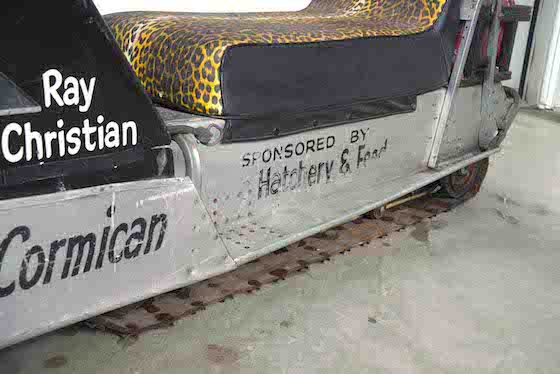
My father and I went down to Fertile Hatcheries in Fertile, Minnesota, which was owned by Ray Christian, and he had one and sold it to us. It turned out great because when we told him we were going to race the I-500 he said he wanted to sponsor us. Ray was really into it and he helped me out a lot. When the race finally happened we were all together as a team – Ray and Nancy and their three boys and my wife – they followed us all the way from Winnipeg to the finish line.
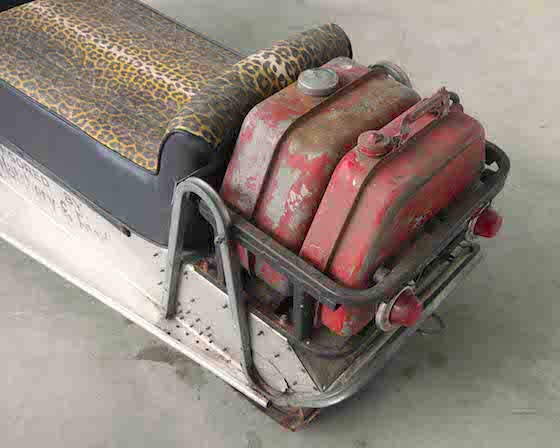
When I got the sled home I wanted to dig into it to make sure it was ready for what surely would be one punishing race. I took everything apart on that sled, and as I reassembled it, I attempted to align and true as many of the suspension components as I could. I went through the engine as well, checking the tolerances and doing what I could to avoid a catastrophic engine failure. People thought I was crazy for taking apart a new snowmobile. At that time, only the factory guys who would go through that level of race preparation to a snowmobile. They knew what would break and I felt I knew what would break too. While I’m not an engineer or anything like that, I’ve got a knack for knowing when something’s not right. After all, the sleds back then weren’t built to go 500-miles in a race like that. In fact, people would actually laugh when you told them what you were planning on doing. To even finish the race back then you had to know what you were doing. After I had it all prepped we took it out on the river and rode it a little and I thought it worked pretty good.
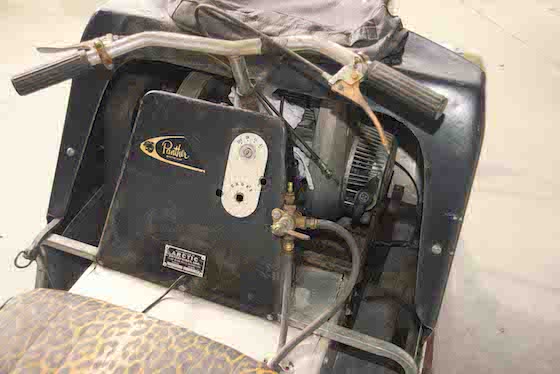
In 1968 the race started in Winnipeg and ended in Isle, Minnesota, just south of Mille Lacs Lake in the center of the state. On the first day we came down the river out of Winnipeg and that’s where I really started going by people. There was water underneath the snow and you could tell by the steam rising up from where other racers were running in another sled’s tracks. Now keep in mind, I had zero race experience, but I did learn a few things on that little 10-horsepower Ski-doo and one of them was where to ride if you wanted to go fast. I knew riding in those other tracks where the water and steam was rising up would just slow me down, so I avoided it as much as I could. With that I started passing guys, a lot of guys. I really didn’t ‘know if I was cheating or not. Since I had never raced before I thought maybe I was doing something I shouldn’t be.

Because of the type of snow conditions we encountered, I also recognized running in other sled tracks even out of the river would slow you down. The new Arctic Cat slide rail suspension allowed me to look for crusted over, untouched snow, and that fresh snow provided a lot of speed compared to other guys. While most guys were riding in the bottom of the ditch, I was off in the fresh snow and making time. Again, I didn’t know if I was cheating or not. No one told us we couldn’t ride there, and I knew I was within the boundaries so I kept her pinned.

Later in the race, the torque arm broke on the right side of the rear suspension, which caused the track to run off to the left side. It eventually wore through the tunnel, at which point I was forced to stand up and put as much weight on the opposite side of the sled as possible to keep the track from derailing. I’m not sure how long I rode that way, but it was plenty. I remember coming into the day’s final checkpoint in Crookston standing up, we were able to fix the suspension there so I could continue on.
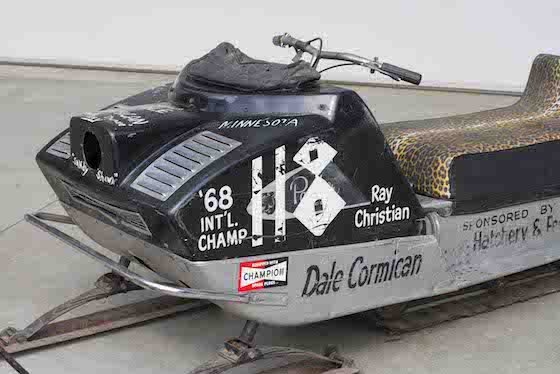
In some of the pictures from that race you will see a ski strapped to the front of my sled. I carried an extra ski and spindle with me because those early spindles were welded and would break if you hit something hard enough. On the final day of that race, we had to go across Mille Lacs Lake and there were lots of ice heaves. Any one of them could have broke a spindle, fortunately they didn’t.
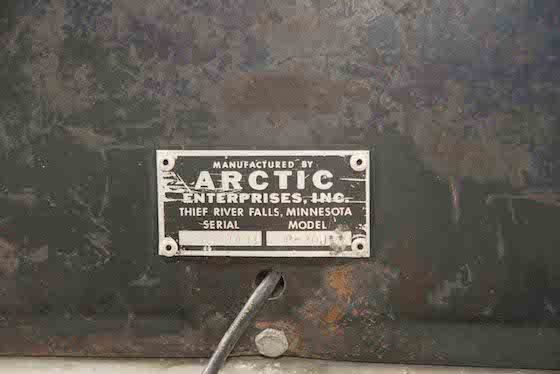
If you take a look at the average times from those early I-500 races, they were actually fairly quick. Those old sleds were light and surprisingly fast in the right conditions. With the slide rail suspension and the big track, that Panther would fly on icy, hard pack surfaces. Even breaking trail it would go 35 to 40 miles per hour. I remember even in the ditches, some of the cars were having a hard time keeping up with us.
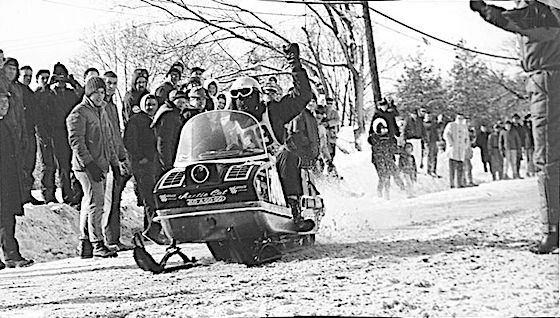
When we approached the finish line in Isle that year, I was first across the line…I had won my first ever race, and it was the I-500. I ended up racing the I-500 four more times and I won it once more in 1969, making me the first back-to-back winner of the race. I kept my 1968 and 1969 sleds from those races, and I never changed anything on them. How you see my 1968 race sled here in these photos is exactly how it was when I finished the race.
